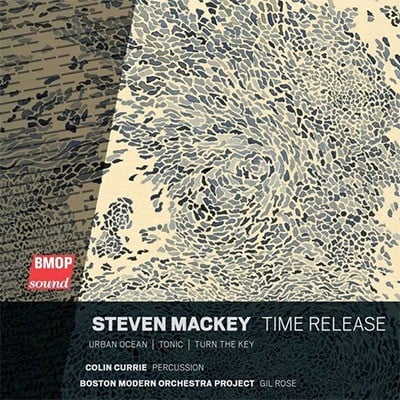2(I=afl, II=picc).2.2(II=bcl).2(II=dbn)-2.2.0.0-timp-strings
Abbreviations (PDF)
Boosey & Hawkes (Hendon Music)
The starting point for Tonic was a question about my assumptions regarding harmony. I was in the habit, as most of us are, of thinking of chords as a stack of more or less equal notes and I wondered what would happen if I combined a clear and relatively simple foreground harmony with a soft, more complex background shadow. This whole train of thought is different for me since ordinarily my focus is on the interplay between layers of linear activity (counterpoint) and, in that context, the harmony is the byproduct of those linear combinations not the explicit goal. In other words, I usually don’t think in terms of chords. On the other hand, it makes sense that, if I were to set out to make chords, they would be chords like these that are inherently stratified—chords built from a frozen vertical counterpoint between simple foreground and nuanced shadow.
Since I was not thinking in terms of homogenous chords but rather dealing with very particular degrees of shadow and foreground, from the very first imaginings it became important to know the color of each individual contribution to the harmony—harmony became inseparable from the orchestration.
I was inspired by the attributes of these sonorities. The concept of “shadow harmonies” led me to expect some kind of acoustic equivalent to porous, diffused-light effects—gossamer and atmospheric—but they also have a sustained, static, muscular tension, without romantic yearning.
Another element in Tonic is a robust, rustic melody that arose as a release to the static tension of the shadow harmonies. The indigenous instrumentation of this melody is full-blooded strings, whose focus and purity contrasts with the complex timbral palette of the harmonies.
The melody and the harmony have at least one incidental element in common. They both feature a “scotch snap” rhythm—an accented sixteenth note followed by a dotted eight (the reverse of a the more common dotted rhythm); “Bonny, bonny banks O' loch Lomund.” In the context of the melody, this rhythm is the punctuation that ends phrases and in the shadow harmonies, the rhythm (in the bass and sometimes timpani) triggers the chords to change.
Tonic is in two roughly equal parts and the first part is made entirely from the interplay between instances of the shadow harmonies and the rustic melody. In the second half of the piece the sustained tension becomes more of a twitch and the scotch snap becomes ubiquitous.
The term tonic has many meanings including “something invigorating physically, mentally or morally” and “pertaining to sustained muscular tension” both of which have strong manifestations in the piece. For what it’s worth, the piece has a definite E-centeredness so one could also say that Tonic has a tonic.
— Steven Mackey
Reproduction Rights:
This program note may be reproduced free of charge in concert programs with a credit to the composer.

Boston Modern Orchestra project / Gil Rose
BMOP/sound 1068

